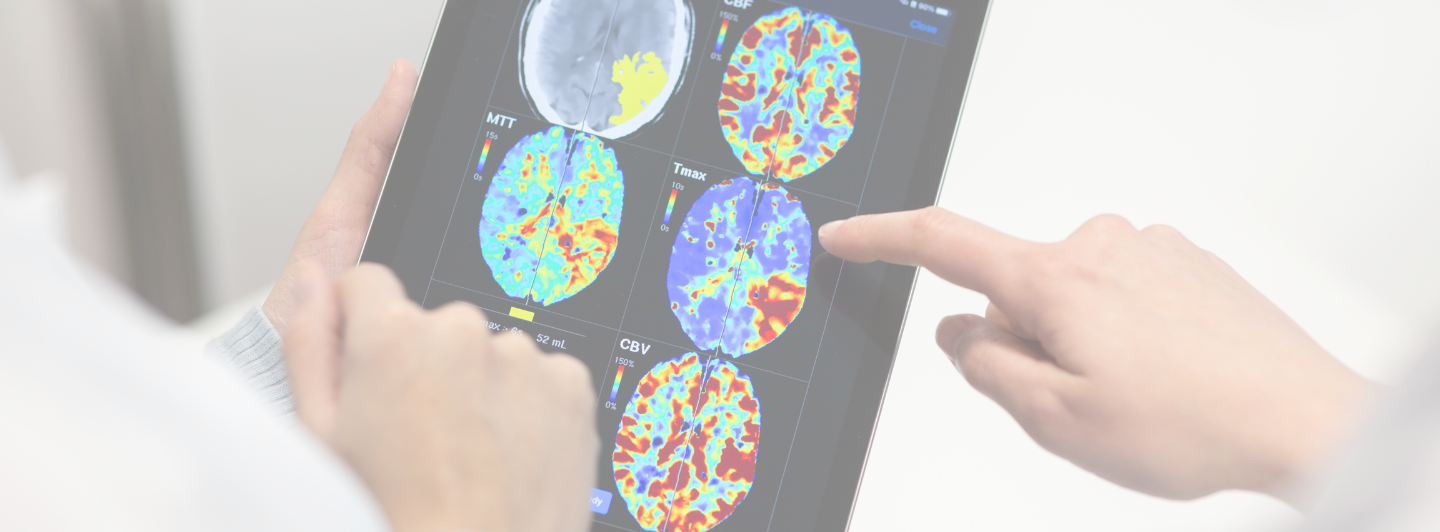Stroke remains a leading cause of death and disability globally, necessitating continuous innovation in care technologies to enhance outcomes for stroke patients. The evolution of stroke care technology is driven by the intricate understanding of stroke pathophysiology, advancements in drug delivery, mechanical thrombectomy improvements, and the development of novel diagnostic tools and rehabilitation methods. This blog explores the horizon of stroke care technology, integrating insights from recent research to provide a comprehensive overview of future trends in this critical area of healthcare.
Understanding Stroke and Its Current Care
Stroke, a significant cause of morbidity and mortality, is categorized mainly into ischemic and hemorrhagic types. The last few decades have seen substantial progress in our understanding of stroke’s pathophysiology and the development of therapeutic targets and treatment options. Current stroke therapy focuses on restoring blood flow to the brain and managing neurological damage post-stroke. Despite advancements, challenges remain in clinical trials, prompting refinements in animal models, study designs, and the exploration of new technologies in stroke research (Kuriakose & Xiao, 2020).
Nanotechnology and Drug Delivery
The application of nanotechnology in stroke management represents a promising avenue for future care. Nanomaterials, including perfluorocarbon, iron oxide, and gold nanoparticles, among others, are being explored for their potential in enhancing drug delivery to the central nervous system. This approach, coupled with stem-cell therapy, could revolutionize stroke treatment, though challenges remain before widespread adoption (Rajendran et al., 2023).
Mechanical Thrombectomy and Robotic Interventions
Mechanical thrombectomy (MT) has significantly improved outcomes for patients with large-vessel occlusion stroke. Future technologies aim to expand the applicability of MT and include digital health solutions, innovative pharmacological treatments, and robotic endovascular interventions, potentially increasing the number of patients benefiting from MT (Abergel, 2020).
Prehospital Stroke Triage Technology
The advent of technology in prehospital stroke care, including mobile stroke units and telemedicine, is set to transform stroke diagnosis, evaluation, and triage, ensuring patients are quickly transported to appropriate healthcare facilities. These technologies aim to reduce time from symptom onset to reperfusion, a critical factor in stroke care (Martinez‐Gutierrez et al., 2019).
Nanotechnology in Diagnosis and Therapy
The rapid development of nanotechnology offers new prospects for stroke diagnosis and therapy. Nanoparticles can be engineered to carry and deliver therapeutics to specific brain areas, enhance imaging contrast, and facilitate the diagnosis and monitoring of treatment response. This approach holds promise for targeted treatment and reducing side effects (Landowski et al., 2019).
Rehabilitation Technologies
Rehabilitation after stroke is crucial for recovery. Wearable sensors and home-based technologies offer new opportunities for continuous, personalized rehabilitation outside clinical settings. These technologies enable detailed assessment and monitoring of patients, potentially improving rehabilitation outcomes and patient quality of life (Chen et al., 2019).
Looking Forward
The future of stroke care technology is bright, with innovations across the spectrum of care from diagnosis and acute treatment to rehabilitation. These advancements promise to transform stroke care, making it more effective, personalized, and accessible. As technology continues to evolve, collaboration between clinicians, researchers, and technologists will be crucial in realizing the full potential of these innovations.
If you want to continue learning, be sure to check our “The Digital Divide and Healthcare Access,” where we will be exploring the challenges and opportunities in ensuring equitable access to these groundbreaking technologies for all.
As we look towards the future, Nicolab’s Strokeviewer stands at the forefront of integrating cutting-edge technologies into stroke care, offering a glimpse into the possibilities of enhancing patient outcomes through advanced analytics and support.
For those interested in exploring the capabilities of StrokeViewer further, scheduling a demo is an excellent opportunity to witness firsthand the impact of technology on stroke care.

